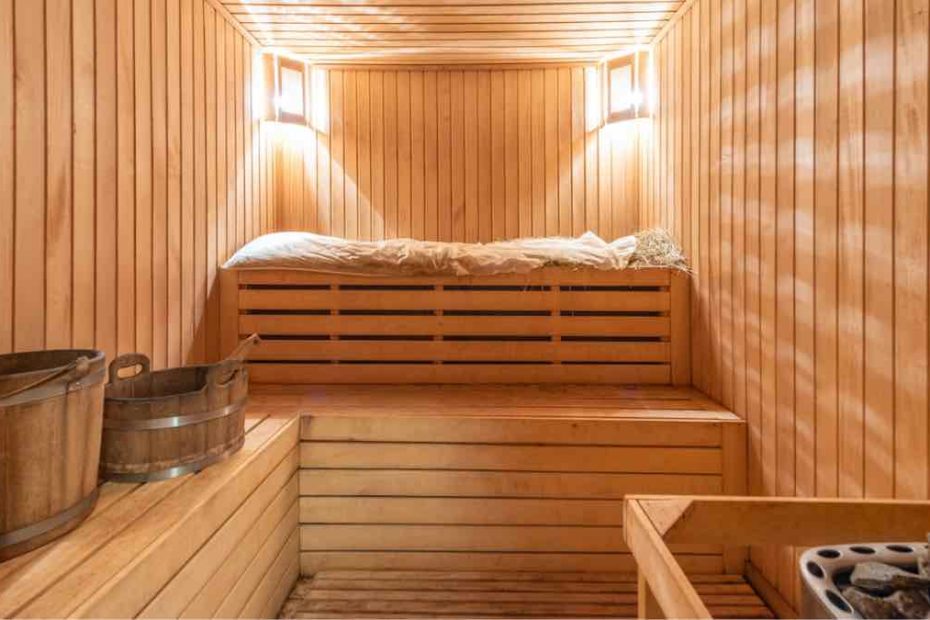When you think of South Korea, images of bustling cities, historic temples, and mouthwatering cuisine may come to mind. But nestled among these vibrant elements is a unique cultural experience that often goes unnoticed by tourists: Korean saunas, known as “jjimjilbang” (찜질방). In this travel blog post, we’ll take you on a journey into the world of Korean saunas, exploring their cultural significance, the round-the-clock accessibility, preferred hours of visitation, and what Koreans do and eat when they visit these relaxing sanctuaries.
A Soothing Sanctuary: The Korean Jjimjilbang Culture
Korean saunas, or jjimjilbangs, are more than just a place to unwind; they are a cornerstone of Korean culture. These sprawling, multi-story complexes offer an array of amenities, including saunas, hot baths, steam rooms, relaxation areas, and even sleeping quarters. The jjimjilbang experience is about more than just relaxation; it’s a social and cultural institution that has become deeply ingrained in Korean life.
Accessibility Around the Clock: 24/7 Relaxation
One remarkable aspect of Korean saunas is their accessibility. Most jjimjilbangs are open 24/7, allowing visitors to experience the soothing benefits of these sanctuaries at any hour. This round-the-clock availability accommodates a wide range of schedules, from night owls seeking late-night relaxation to early risers looking for a tranquil start to their day.
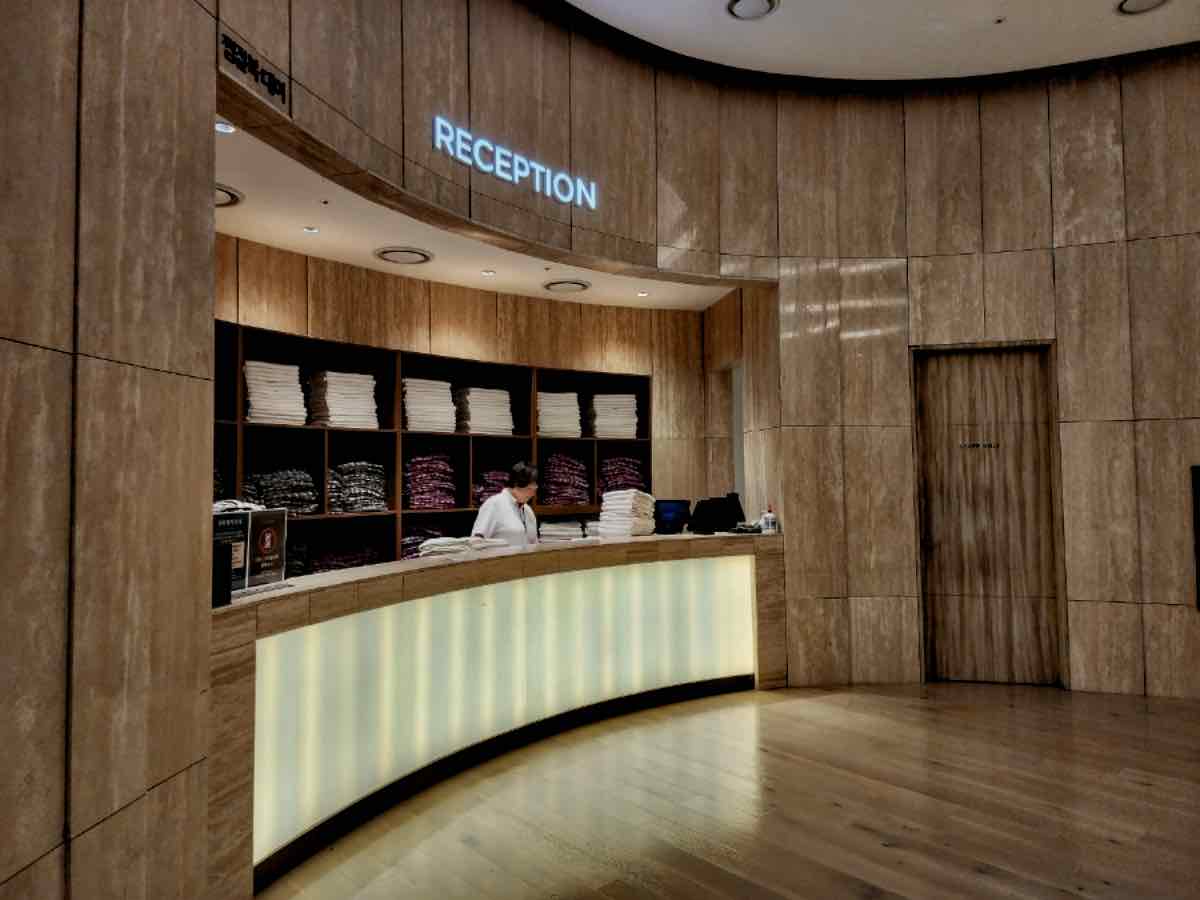
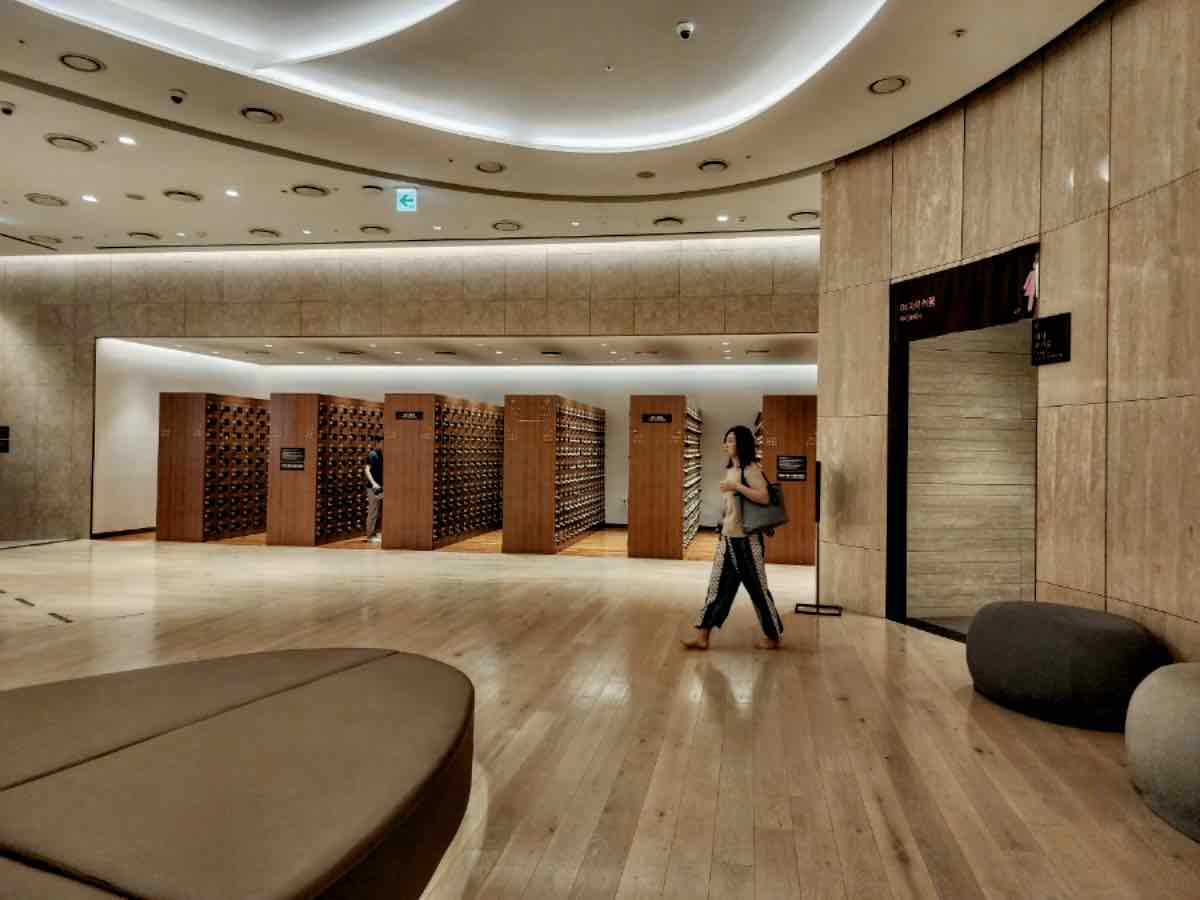
Preferred Visitation Hours: Jjimjilbang
While Korean saunas are open around the clock, certain times of day are more popular among locals. Understanding these preferred hours can enhance your jjimjilbang experience and provide insights into Korean culture:
1. Evening Visits (After Work): Many Koreans visit the sauna in the evening, often after finishing their work or daily activities. This is a prime time for socializing, as friends and family members gather to enjoy the saunas and baths together. It’s a fantastic opportunity to witness the sense of community that jjimjilbangs foster.
2. Overnight Stays: Some Koreans opt for overnight stays at the sauna, especially on weekends or special occasions. This allows them to relax fully, enjoy a good night’s sleep in the resting areas, and start the next day refreshed.
3. Early Morning: For those seeking a peaceful start to the day, visiting the jjimjilbang in the early morning can be a serene experience. The saunas are typically less crowded, and it’s an excellent time to meditate or practice mindfulness.
Activities and Rituals at the Jjimjilbang
Now that we’ve explored the accessibility and preferred hours of visitation, let’s delve into what Koreans do at the sauna and what they eat:
1. Sauna Bathing: The heart of any jjimjilbang experience is the sauna itself. Korean saunas feature a variety of saunas with different temperatures and healing properties, such as the dry salt sauna, red clay sauna, and charcoal sauna. Visitors often cycle through these saunas, enjoying the unique health benefits of each.
2. Relaxation Areas: In addition to saunas, jjimjilbangs offer spacious relaxation areas where guests can unwind. These areas typically have heated floors, making them cozy spots for resting or even sleeping.
3. Common Spaces: Socializing is a key aspect of the jjimjilbang experience. Visitors often gather in common spaces to chat, watch TV, or enjoy snacks together. It’s a time for bonding with friends and family.
4. Massages and Spa Treatments: Many jjimjilbangs offer spa services, including massages, facials, and body scrubs. These treatments are a luxurious addition to the sauna experience.
Jjimjilbang Prices
As for the average price of a jjimjilbang experience, it is relatively affordable and accessible to travelers. The cost can vary depending on the location, facilities, and additional services offered by the jjimjilbang. On average, a basic entrance fee typically ranges from 10,000 to 15,000 Korean Won (approximately $8 to $12 USD), which grants you access to the sauna, relaxation areas, and communal spaces for a specified period, often overnight.
Additional charges may apply for spa treatments, massages, or private sleeping rooms, depending on your preferences. Overall, the value for money, cultural immersion, and rejuvenating experience make jjimjilbangs a budget-friendly and enriching part of any visit to South Korea.
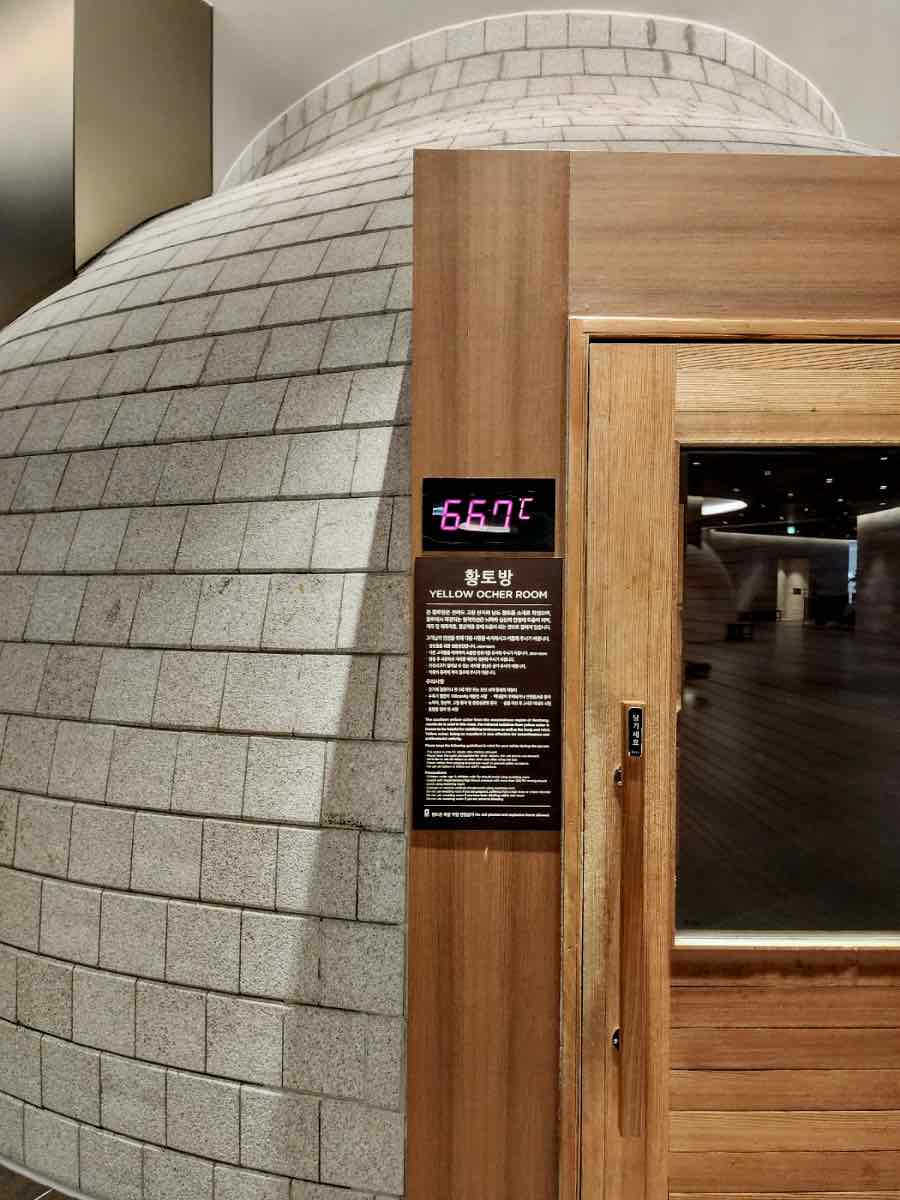
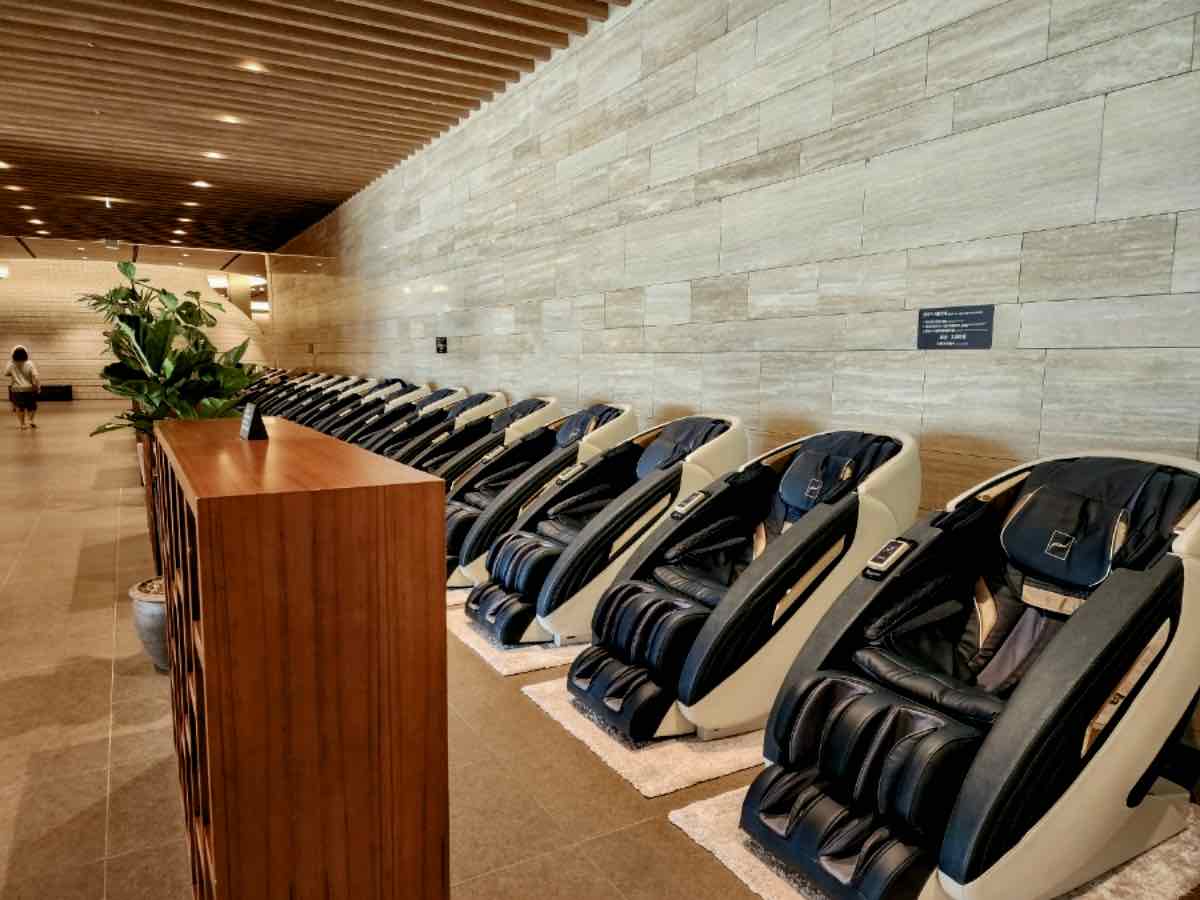
Korean Food: The Sauna Feast
One of the most beloved aspects of visiting a jjimjilbang is the food. Koreans take their saunas seriously, and this includes indulging in a feast of delicious and comforting dishes. Here are some popular sauna snacks and meals:
– Sikhye: A sweet rice beverage, sikhye is a common drink to start your sauna experience. It’s both refreshing and nourishing.
– Eggs: Hard-boiled eggs are a classic jjimjilbang snack. They are often sold at stalls within the sauna complex and are enjoyed for their protein content.
– Ramyeon: Korean instant noodles, known as ramyeon, are a favorite sauna meal. They are usually prepared in a communal kitchen within the jjimjilbang.
– Bingsu: For dessert, bingsu, a shaved ice treat with various toppings like sweet red bean paste, fruit, and condensed milk, is a delightful option.
– Fresh Juice: Many jjimjilbangs have juice bars where you can enjoy fresh fruit and vegetable juices for a healthful refreshment.
Variety of Jjimjilbangs
Jjimjilbangs in South Korea come in all shapes and sizes, catering to different preferences and budgets. While basic jjimjilbangs offer an affordable entry point, others, slightly pricier, offer a lavish array of amenities and activities. These premium jjimjilbangs often include access to luxurious pools, invigorating massages, and even fine dining experiences.
It’s a chance to pamper yourself like royalty, whether you’re floating in a therapeutic pool or savoring premium Korean cuisine. The diverse range of jjimjilbang options ensures that everyone can find their ideal oasis of relaxation and indulgence, making it an unforgettable part of your South Korean adventure. So, whether you seek a budget-friendly escape or a lavish wellness retreat, there’s a jjimjilbang waiting to provide you with a uniquely Korean spa experience.
Jjimjilbang as a Foreigner
Experiencing a jjimjilbang as a foreigner is like stepping into a soothing world of Korean wellness and relaxation. The multi-faceted journey begins with exploration, as you navigate a labyrinth of saunas, each with its unique ambiance and purported health benefits. The sense of community is palpable as locals and fellow travelers converge in communal spaces, fostering connections through shared conversations and cultural exchanges.
While the initial trepidation of public bathing may be present, the liberating feeling of communal soaking soon takes over. The experience is capped off with a feast of Korean delights, ranging from comforting ramyeon noodles to sweet and refreshing bingsu desserts, providing a perfect conclusion to this cultural immersion and well-being adventure. A visit to a jjimjilbang is not just about relaxation; it’s an opportunity to embrace Korean culture and rejuvenate both body and soul.
The Korean Sauna Experience
Visiting a Korean jjimjilbang is more than just a spa day; it’s a journey into Korean culture, relaxation, and social connection. These 24/7 sanctuaries offer an array of saunas, relaxation spaces, and delicious food options that cater to all tastes. Whether you prefer to soak up the serenity of early mornings, bond with friends in the evening, or indulge in a midnight snack, the jjimjilbang experience has something for everyone. It’s a must-try cultural experience for any traveler visiting South Korea, offering a unique window into the daily life and well-being practices of the Korean people.
